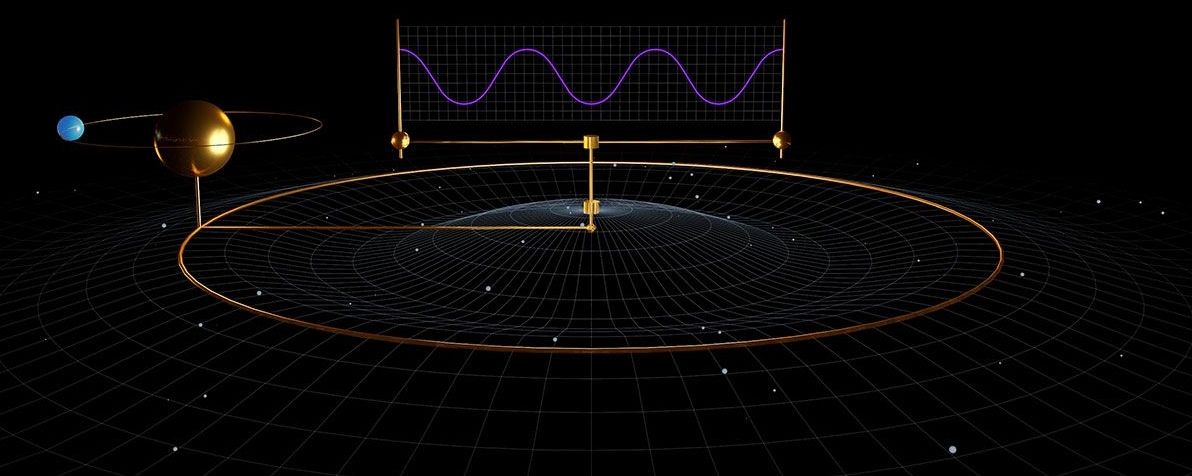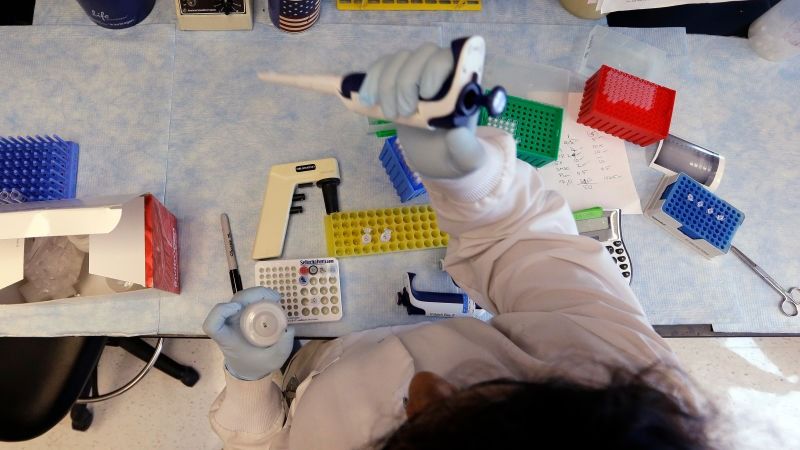Apr 12, 2018
Scientists Create Beautiful Iridescent Material That Could Be Edible
Posted by Genevieve Klien in categories: food, physics
What makes something red, or blue, or green? It’s all in the way light bounces off its surface. Something that primarily reflects light with shorter wavelengths will appear bluer, while something that reflects longer wavelengths will appear redder. By playing around with that principle, scientists have created a material that, much like soap bubbles and certain insect wings, displays a gorgeous iridescence—a shifting rainbow of colors they can tweak with the same surface.
Even more interestingly, the researchers made this material from common cellulose, the simple stuff that makes up paper and which can be extracted from wood, cotton, or other renewable sources. We’ve already mentioned scientists arranging cellulose fibers in a way that makes them appear incredibly white. But now instead of laying fibers, a team of physicists are molding cellulose films with tiny, regularly spaced impressions (like an upside-down Lego piece).
The outcome was a thin, single-centimeter iridescent film that reflects light based on the spacing of the dots, according to the paper published recently in Nature Photonics.
Continue reading “Scientists Create Beautiful Iridescent Material That Could Be Edible” »


















